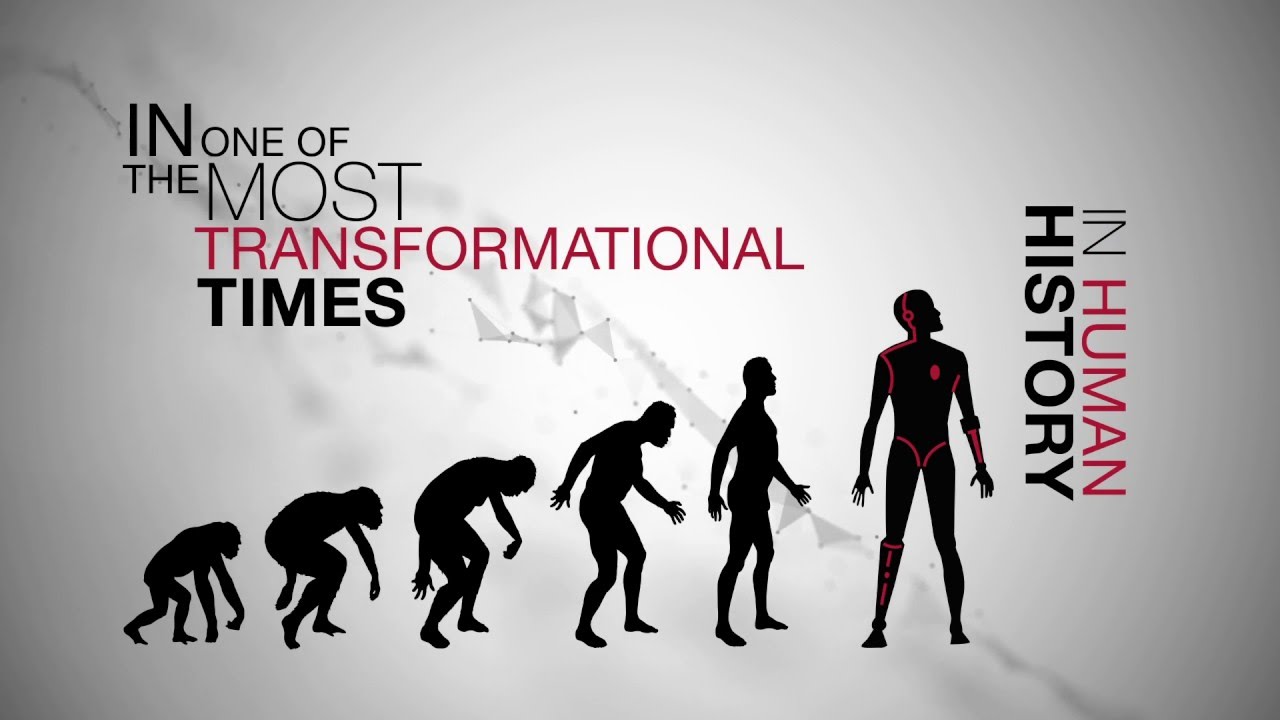Digital Transformation In Mortgages - How Technology Is Revolutionizing Home Financing
Digital transformationis changing the mortgage industry, enabling lenders to provide a faster, more efficient, and more personalized experience for borrowers. From digital loan applications to automated underwriting, the use of digital technology is revolutionizing the way mortgages are originated, underwritten, and serviced.
In this article, we'll explore the digital transformation of mortgages, how it's changing the industry, and the benefits it offers to borrowers and lenders alike.
The Digital Transformation Of Mortgages
Digital transformation in mortgages involves the use of technology to streamline the entire mortgage process, from application to closing. Here are some of the key ways digital transformation is changing the mortgage industry:

Digital transformation: Are you ready for exponential change? Futurist Keynote Speaker Gerd Leonhard
Digital Applications
Traditionally, applying for a mortgage involved filling out paper forms and submitting them to a lender. Today, digital applications are the norm, with borrowers able to apply for a mortgage online, using a computer or mobile device. Digital applications can be completed in minutes, with borrowers able to upload supporting documents and receive an initial decision quickly.
Automated Underwriting
Digital transformation has enabled lenders to automate the underwriting process, using algorithms and artificial intelligence to analyze borrower data and assess risk. Automated underwriting can provide faster decisions and more accurate risk assessments, enabling lenders to make better lending decisions.
Digital Closing
Digital closing allows borrowers to sign loan documents electronically, eliminating the need for in-person meetings and paper forms. Digital closings can be completed remotely, enabling borrowers to close on a home from anywhere in the world.
Digital Servicing
Digital servicing allows borrowers to manage their mortgages online, from making payments to accessing account information. Digital servicing can provide borrowers with greater visibility into their loans and enable lenders to provide more personalized customer service.
The Benefits Of Digital Transformation In Mortgages
Digital transformation in mortgages offers numerous benefits to borrowers and lenders alike. Here are some of the key benefits:
Faster Process
Digital transformation can streamline the mortgage process, enabling borrowers to apply for a mortgage,receive a decision, and close on a home more quickly. This can reduce stress and uncertainty for borrowers and enable lenders to originate more loans.
More Accurate Risk Assessments
Automated underwriting can provide more accurate risk assessments, enabling lenders to make better lending decisions. This can reduce the risk of loan defaults and improve the overall quality of the loan portfolio.
More Personalized Customer Service
Digital servicing can enable lenders to provide more personalized customer service, with borrowers able to access account information and make payments online. This can improve borrower satisfaction and reduce the workload of customer service staff.
Increased Efficiency
Digital transformation can increase efficiency for lenders, reducing the need for manual processes and paperwork. This can enable lenders to originate and service more loans with fewer resources.
The Future Of Digital Transformation In Mortgages
As digital transformation continues to evolve, we can expect to see further innovation in the mortgage industry. Here are some of the trends to watch:
Artificial Intelligence
Artificial intelligence has the potential to revolutionize the mortgage industry, enabling lenders to automate more processes and provide even faster, more accurate lending decisions.
Blockchain
Blockchain technology could enable lenders to streamline the mortgage process even further, by creating a secure, decentralized platform for loan origination, underwriting, and servicing.
Virtual Reality
Virtual reality technology could enable borrowers to view properties remotely, enabling them to tour homes without leaving their own homes. This could reduce the need for in-person showings and enable borrowers to shop for homes more efficiently.
Digital Transformation Risks
While digital transformation in mortgages offers many benefits, it also comes with its own set of challenges and risks that must be addressed. Here are some of the key challenges and risks of digital transformation in mortgages:
Cybersecurity Risks
As with any technology that handles sensitive financial data, cybersecurity is a major concern in digital transformation in mortgages. Cyberattacks can result in the theft of personal and financial data, which can lead to identity theft and other types of fraud. Lenders and borrowers alike must take steps to protect their data from cyber threats, such as using strong passwords, enabling two-factor authentication, and using secure communication channels.
Data Privacy Concerns
In addition to cybersecurity risks, data privacy concerns are also a key challenge in digital transformation in mortgages. As lenders collect and store increasing amounts of personal and financial data, it's essential to ensure that this data is handled in accordance with privacy laws and regulations. Borrowers must have confidence that their data is being handled responsibly and transparently, and that their privacy rights are being respected.
Integration Challenges
Digital transformation in mortgages involves integrating multiple technologies and systems, which can be a complex and challenging process. Different technologies and systems may have different standards and protocols, and getting them to work together seamlessly can be a significant challenge. Lenders must ensure that their technology platforms are properly integrated and tested before implementing them in their business processes.
Potential Job Losses
As automation and digitization become more prevalent in the mortgage industry, there is a risk that some jobs may become obsolete. For example, automated underwriting and digital closing processes can eliminate the need for certain manual tasks, which could lead to job losses for some workers. It's important for lenders to balance the benefits of automation with the potential impact on their workforce, and to consider strategies for reskilling and retraining workers to meet the changing needs of the industry.
Digital transformation in mortgages offers many benefits, but also comes with its own set of challenges and risks. By addressing these challenges head-on, lenders can ensure that they are delivering a secure and efficient mortgage experience for their customers, while also building a sustainable and resilient business for the future.
To learn more about the benefits and challenges of digital transformationin the mortgage industry, visit MarxCommunications.
People Also Ask
What Are The Three 3 Main Components Of Digital Transformation?
The three main components of digital transformation are people, processes, and technology. It involves not just implementing new technologies, but also transforming the ways people work and the processes they use to achieve their goals.
What Are The 4 Main Areas Of Digital Transformation?
- Customer experience: This involves using technology to improve how customers interact with a business, from initial engagement to ongoing support.
- Operational processes: This involves using technology to streamline and automate business processes, such as supply chain management, HR, and finance.
- Business models: This involves using technology to create new business models, such as subscription-based services, platform-based models, and digital marketplaces.
- Products and services: This involves using technology to create new products and services, or to enhance existing ones, such as through the use of AI, IoT, or blockchain.
What Is The Meaning Of Digital Transformation?
Digital transformation refers to the process of using digital technologies to fundamentally transform how businesses operate, interact with customers, and deliver value to stakeholders. It involves a holistic approach to change, encompassing not just the adoption of new technologies, but also changes to organizational culture, processes, and mindset.
Conclusion
Digital transformation is transforming the mortgage industry, enabling lenders to provide a faster, more efficient, and more personalized experience for borrowers. From digital applications to automated underwriting and digital servicing, technology is changing the way mortgages are originated, underwritten, and serviced. As the mortgage industry continues

